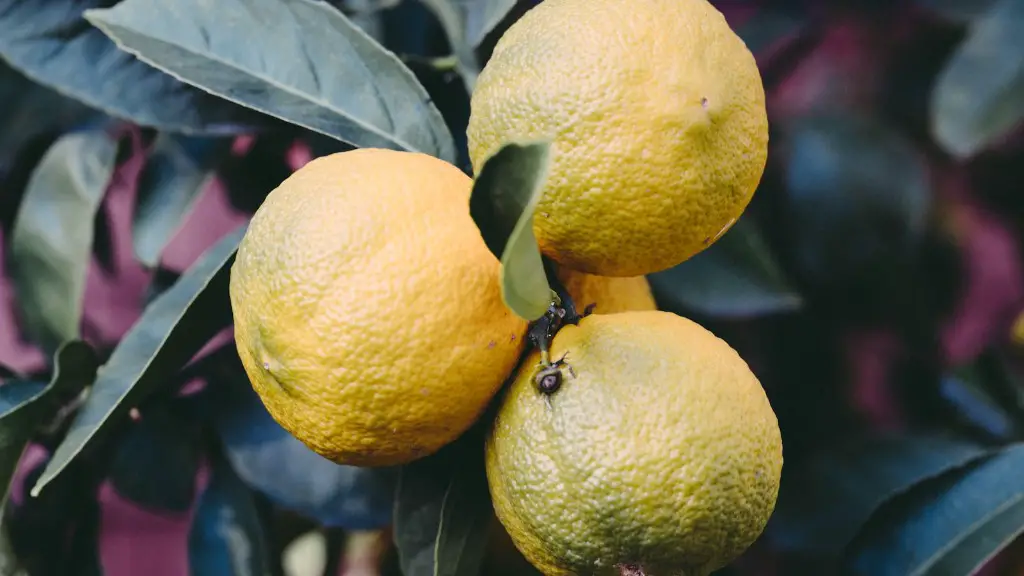Background
Avocado is a nutritious, edible fruit that appears in many different formats, from guacamole to avocado toast. It’s also popular, making it an ideal crop for home gardeners. Growing an avocado tree is not an easy task, however, and requires some special care and attention. To ensure a successful harvest, it’s important to consider the climate, soil type, and variety when selecting and planting your avocado tree. In addition, regular watering, composting and pruning are necessary – as is patience.
Choosing the Right Variety
The type of avocado tree you choose will be one of the most important factors in determining your success. Some popular varieties available in grocery stores, such as Hass, can be grown at home, but they will likely not bear fruit in cooler climates. One of the most important considerations is the type of avocado tree you choose: there are cold-tolerant varieties that are able to withstand temperatures as low as 15°F, and warm-tolerant varieties that can survive up to 40°F. You can also choose between large and small varieties, and there are variations in flavor and texture as well.
Location, location, location
The climate you live in will also have an impact on your success when growing an avocado tree. Avocado trees require plenty of sun and should be planted in a location where they can receive six to eight hours of direct sunlight each day. Avocado trees are also sensitive to cold, so they should not be planted in frost-prone areas. In addition, they will require protection from strong winds, and they thrive in warm and humid climates.
Soil Conditions
Avocado trees require soil with good drainage and plenty of organic material. The soil should also have a pH of between 6 and 7. The best way to ensure that your soil is suitable is to purchase a soil testing kit and test your soil’s pH level before planting. Also, adding compost or manure to the soil can help to improve its fertility.
Planting and Care
When planting an avocado tree, it is important to dig a hole that is twice as wide and twice as deep as the container your tree comes in. As you’re filling the hole with soil, make sure to firmly press down the soil to ensure good drainage. Water the tree regularly and deeply to ensure that the soil is moist but not soggy.
In addition to regular watering, it is also important to mulch the soil to protect the roots and retain moisture. Organic mulch, such as bark, is ideal. Once the tree is established, it will require pruning. This can be done over time, and should involve removing any branches that appear to be dead, diseased, or too close to other branches.
Fertilizing
Avocado trees will also require regular fertilizing. Healthy trees should be fertilized three times per year: once in spring, once in summer, and once in fall. Organic fertilizer is ideal and can be purchased from most garden centers. Applying the fertilizer according to the instructions on the package is important for ensuring that the tree receives the necessary nutrients.
Harvesting
When the time comes to harvest, the fruit will be ready when it appears to be full-sized, firm and succulent. Gently twist the fruit to check if it’s ready to be harvested. If it comes off the tree easily, it is ready to be picked. Storing the fruit can also be done by wrapping it in a paper bag and storing in the refrigerator.
Pests and Diseases
Avocado trees can be susceptible to pests and diseases, so it is important to regularly inspect the tree for signs of damage. Common pests include scale insects, mealybugs, and aphids. If you do notice pests, use an insecticidal soap or horticultural oil to control them.
In terms of diseases, there are several that can affect avocado trees. They include anthracnose, root rot and avocado shoot borer. If you notice any abnormalities, such as discolored leaves or wilting fruit, it is important to take steps to control the disease quickly.
Conclusion
Growing an avocado tree is no easy feat, but with the right care and attention, it is possible to produce fruit. Choosing the right variety, selecting the right location, preparing the soil and regularly fertilizing and pruning, are all important steps in the process. In addition, it is important to be vigilant and inspect the tree regularly for signs of pests and diseases. With patience and dedication, it is possible to have a thriving avocado tree right in your own backyard.

